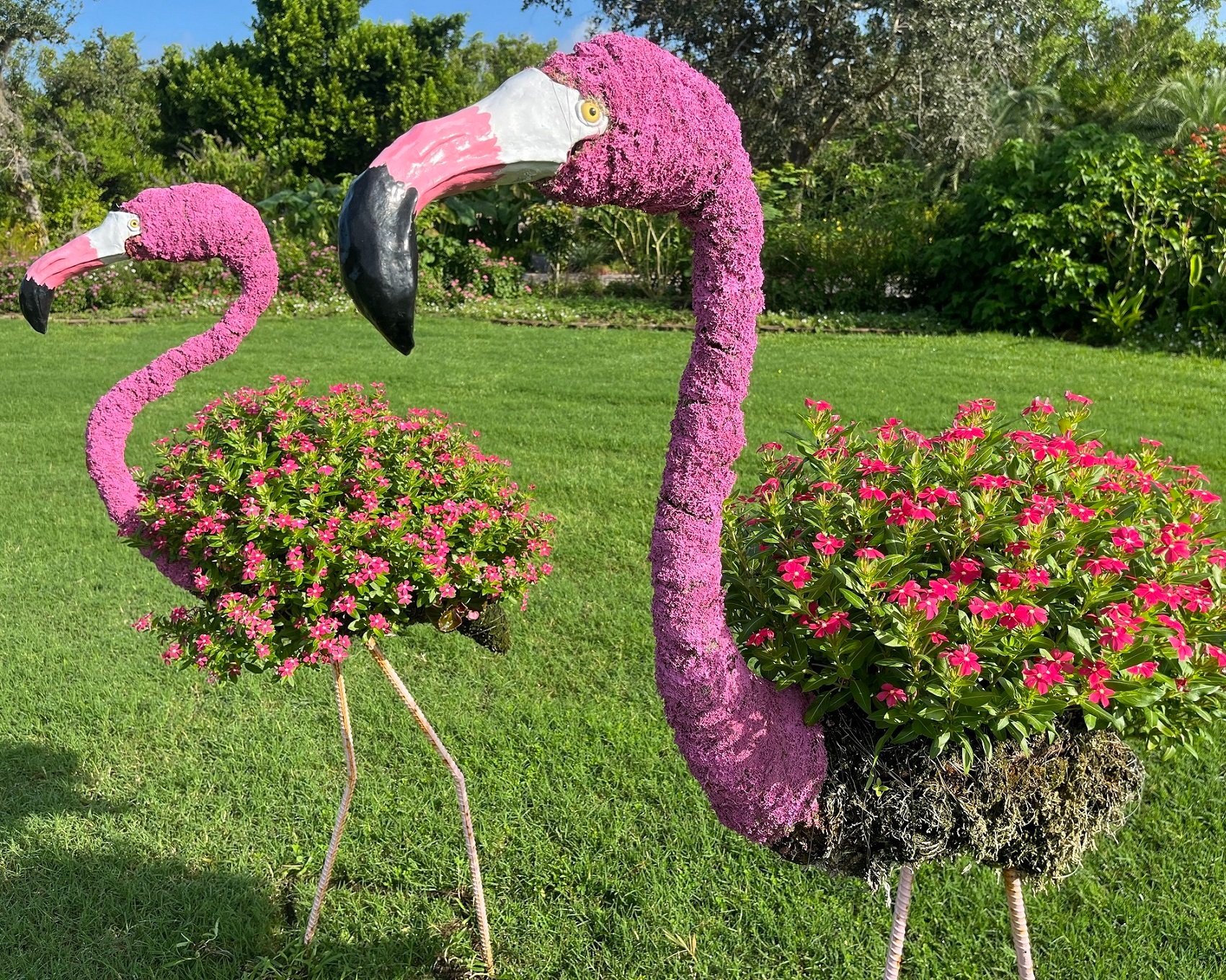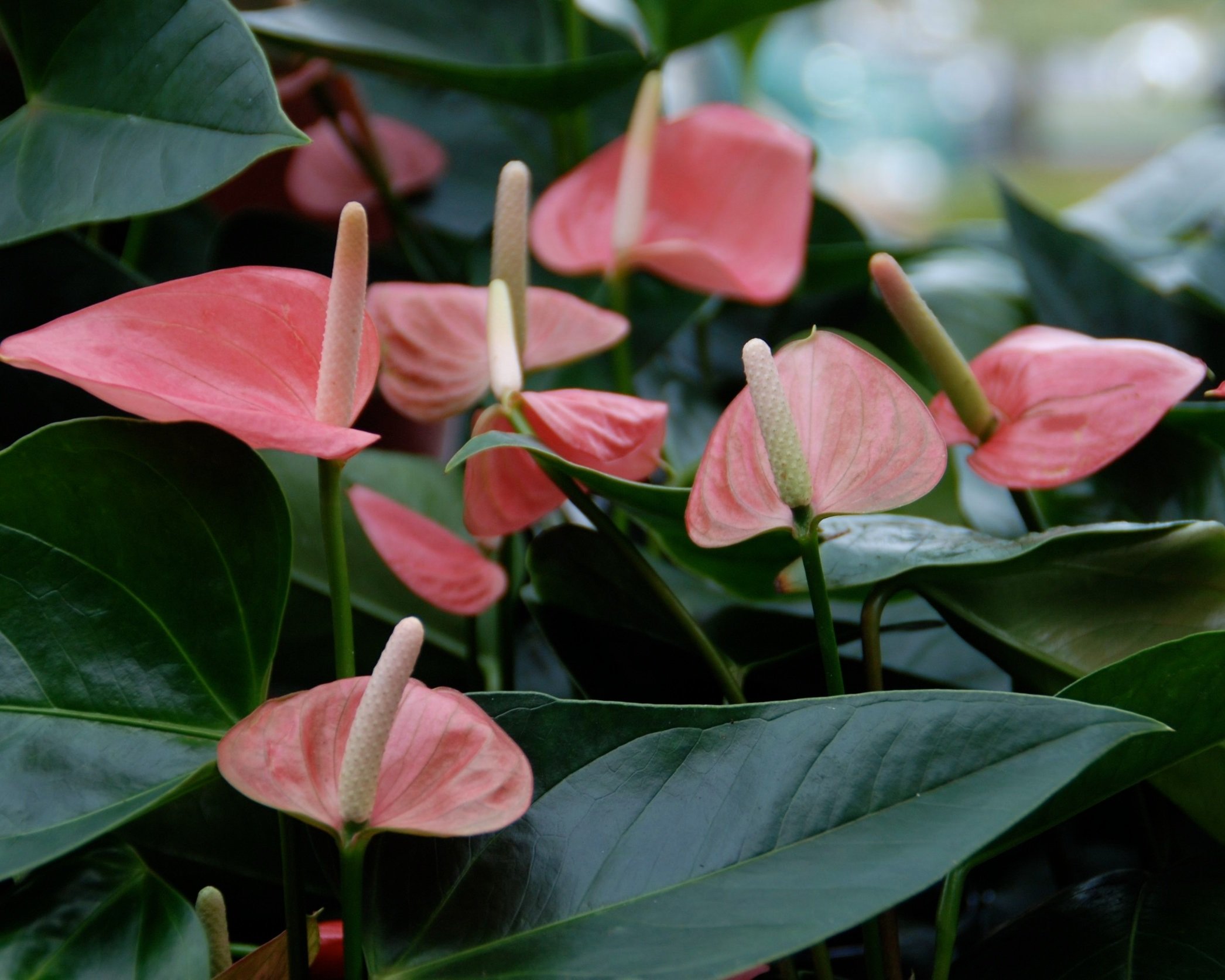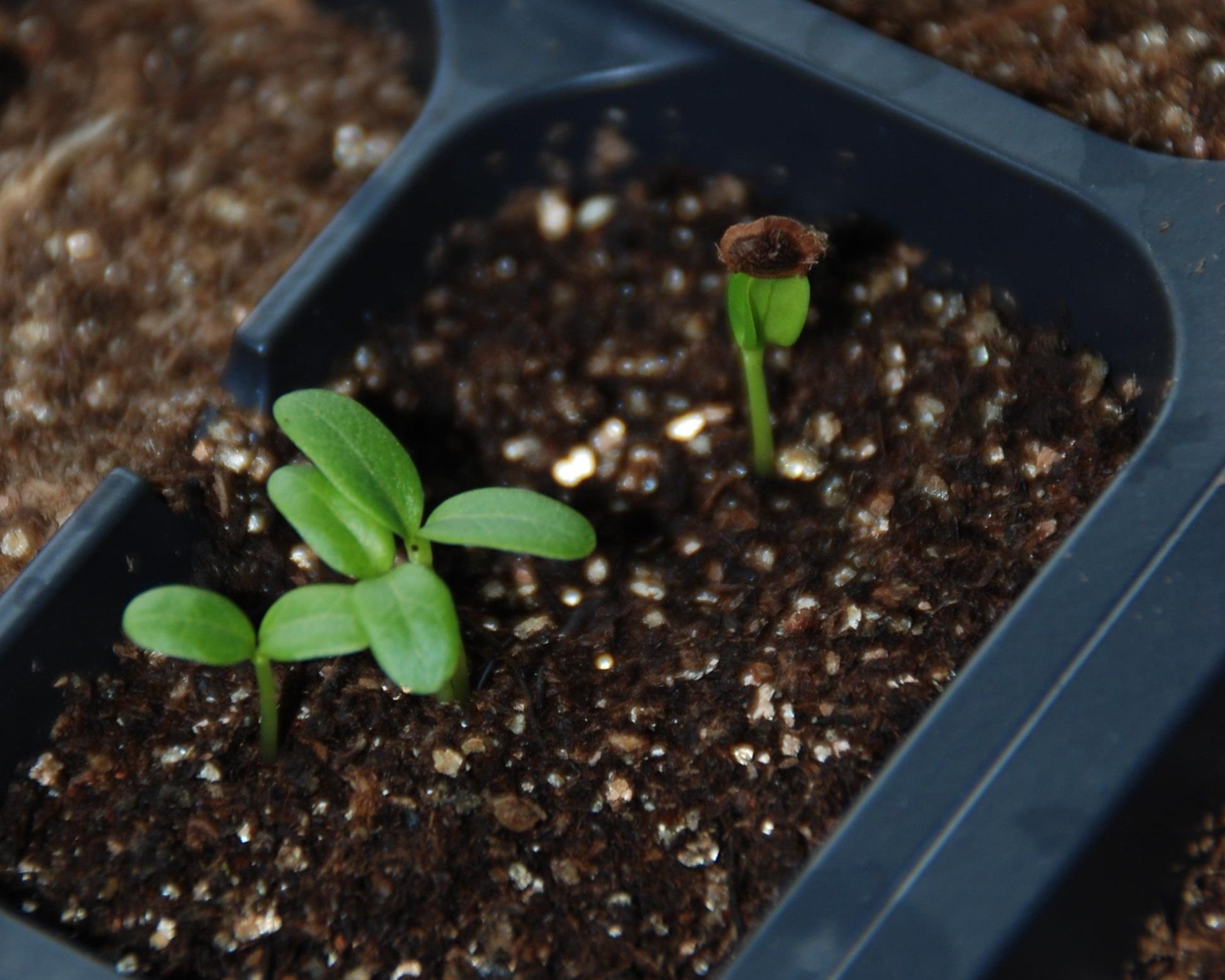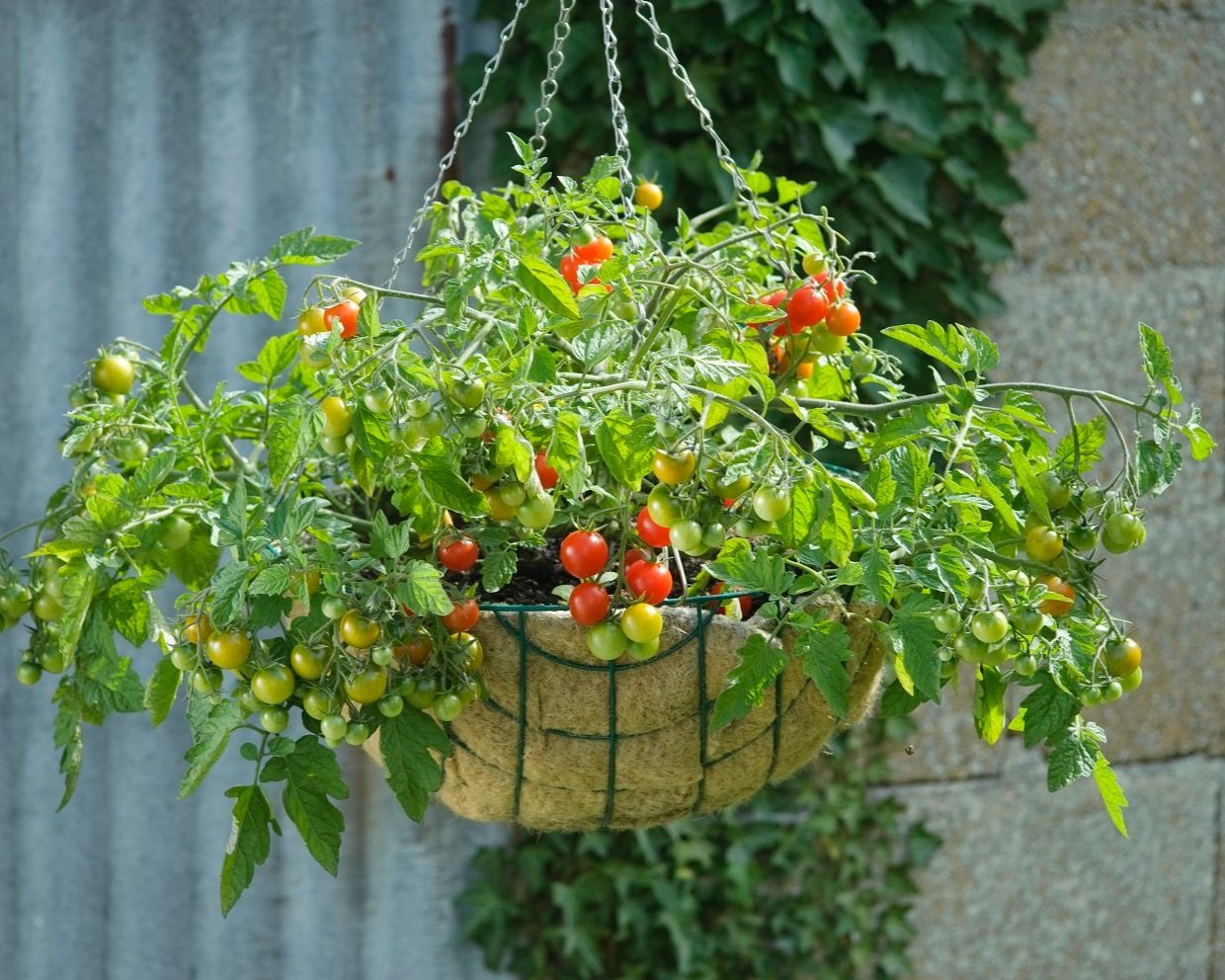Extend Your Planting Budget
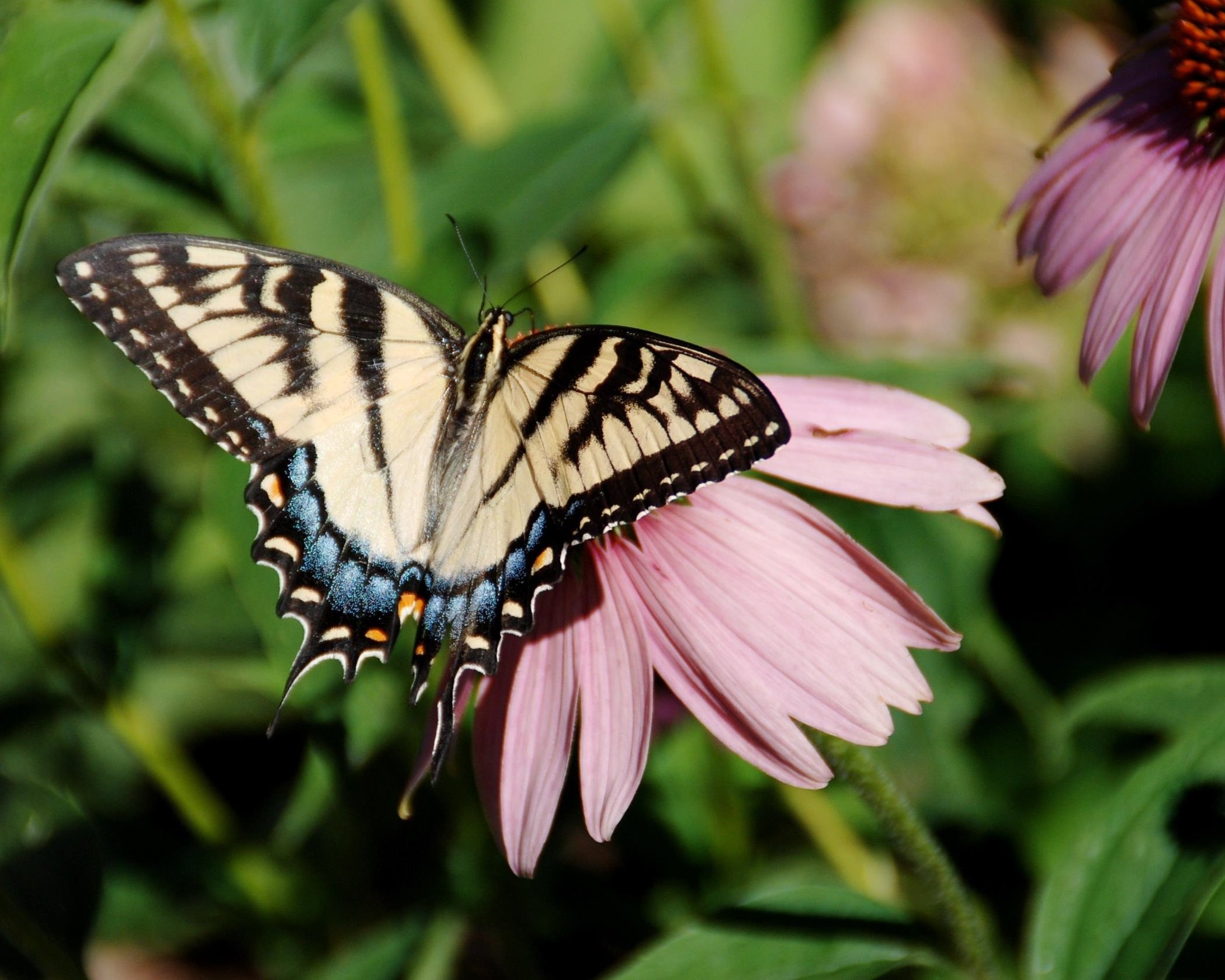
If your wish list is larger than your garden and landscape budget, you are not alone. Whether you are a new or experienced gardener, a few cost-cutting strategies can help you maximize the beauty and productivity of your landscape and gardens even when dollars are limited.
Start by talking with gardening friends and family members who love to share their garden passion with others. They may have budget-wise gardening tips, seeds, spare plants, and extra tools to share.
Visit the pot recycling area at your local garden center. Many garden centers have a space for gardeners to drop off pots that once held trees, shrubs, and perennials. You can pick these up and take them home for free. Just do a bit of cleaning, add some paint and you’ve turned these into attractive planters.
Buy smaller-sized healthy trees, shrubs, and perennials that cost less. These adjust more quickly to their new home than their larger counterparts. In several years they will catch up with the larger transplants and you’ll have fun watching these small plants grow to their mature size.
Select trees, shrubs, and perennials with multiple seasons of interest. You’ll need fewer plants to provide year-round beauty in your landscape. Look for those with flowers, edible and ornamental fruit, fall color, and winter interest. Add a few plants for you, birds, and the pollinators to enjoy. Songbirds eat a variety of insect pests and pollinators help boost your garden’s productivity. Birds and butterflies provide motion and color to the garden and watching them and the bees visiting individual flowers helps us slow down and enjoy the outdoors.
Start some plants, like marigolds and zinnias, from seeds right in the garden. You can do the same with perennials. It just takes two years for most perennials to start flowering when planted as seeds in the garden. You will save money since a packet of seeds produces multiple plants, making the cost per plant much less.
Allow self-seeding annuals like alyssum, nicotiana, calendulas, and cosmos to return yearly. Be sure to avoid accidentally removing the seeds and seedlings when changing the garden from one season to the next. Move extra seedlings to other gardens as needed.
Team up with gardening friends to save money on seeds, soil, and other items by buying them in bulk. Share a packet of seeds. Most contain more seeds than one gardener needs. Buy flowers and vegetables in six-packs or flats that contain 18, 36, or more plants. The cost per plant will be much less when buying them this way.
Working together with other gardeners not only saves money but increases your enjoyment. So, check your budget and look for ways to create productive and beautiful gardens no matter the size of your budget.
Melinda Myers is the author of more than 20 gardening books, including Small Space Gardening. She hosts The Great Courses “How to Grow Anything” DVD series and the nationally syndicated Melinda’s Garden Moment TV & radio segments. Myers is a columnist and contributing editor for Birds & Blooms magazine and was commissioned by Longfield Gardens for her expertise to write this article. Myers’ web site is www.melindamyers.com.

